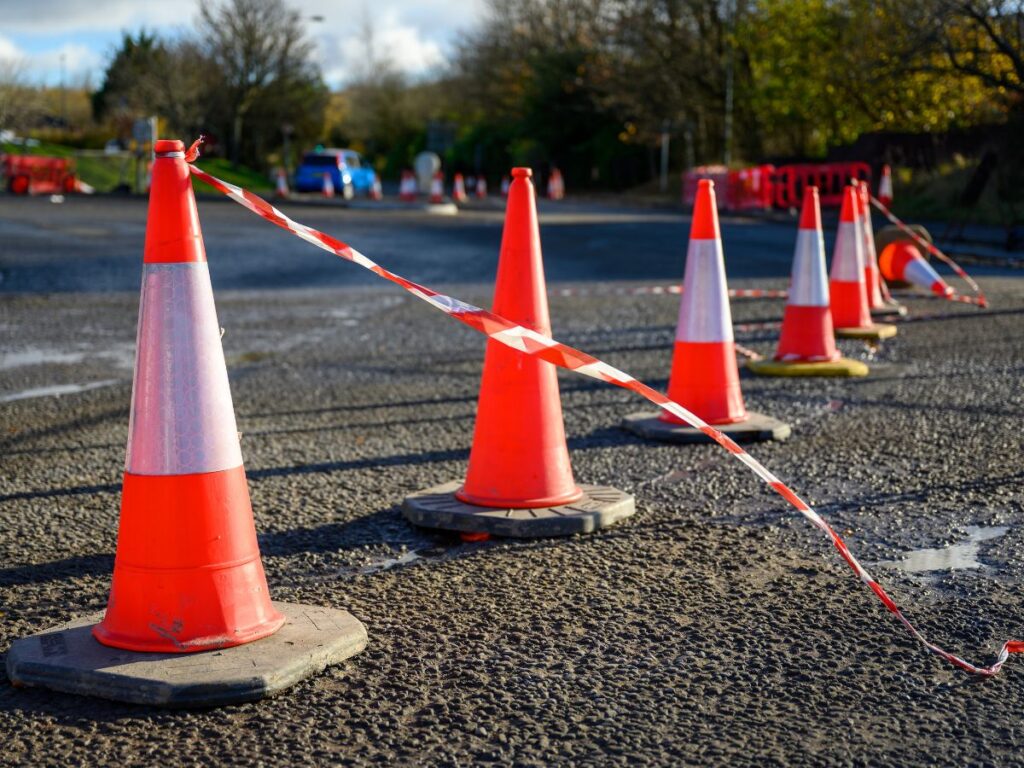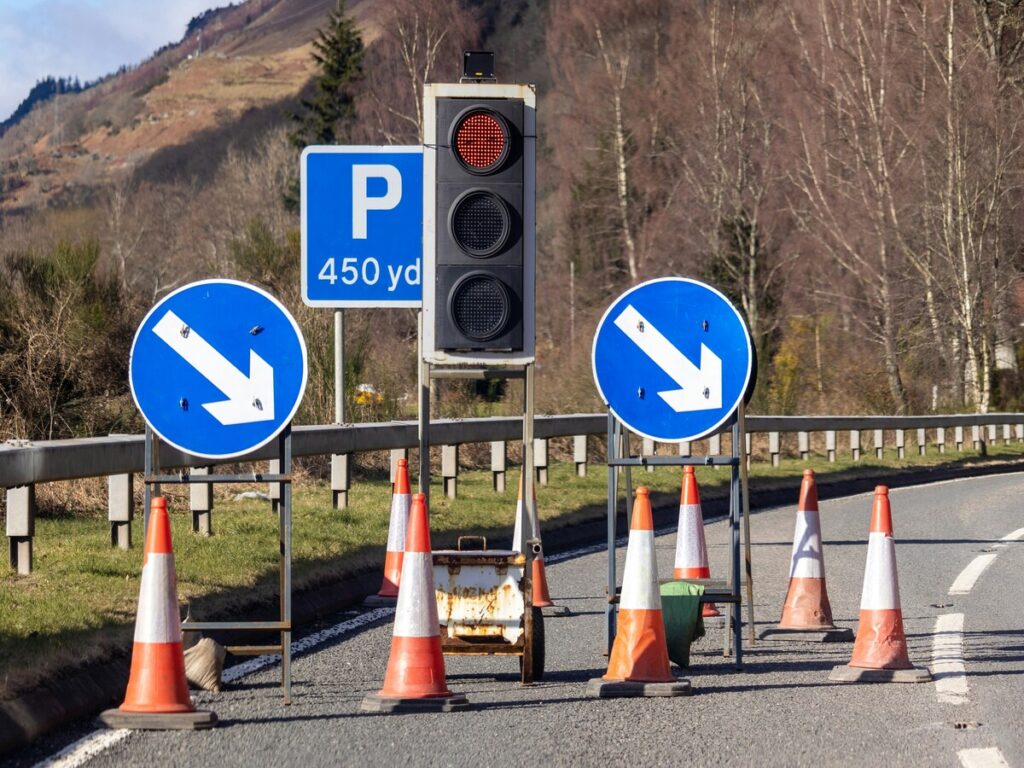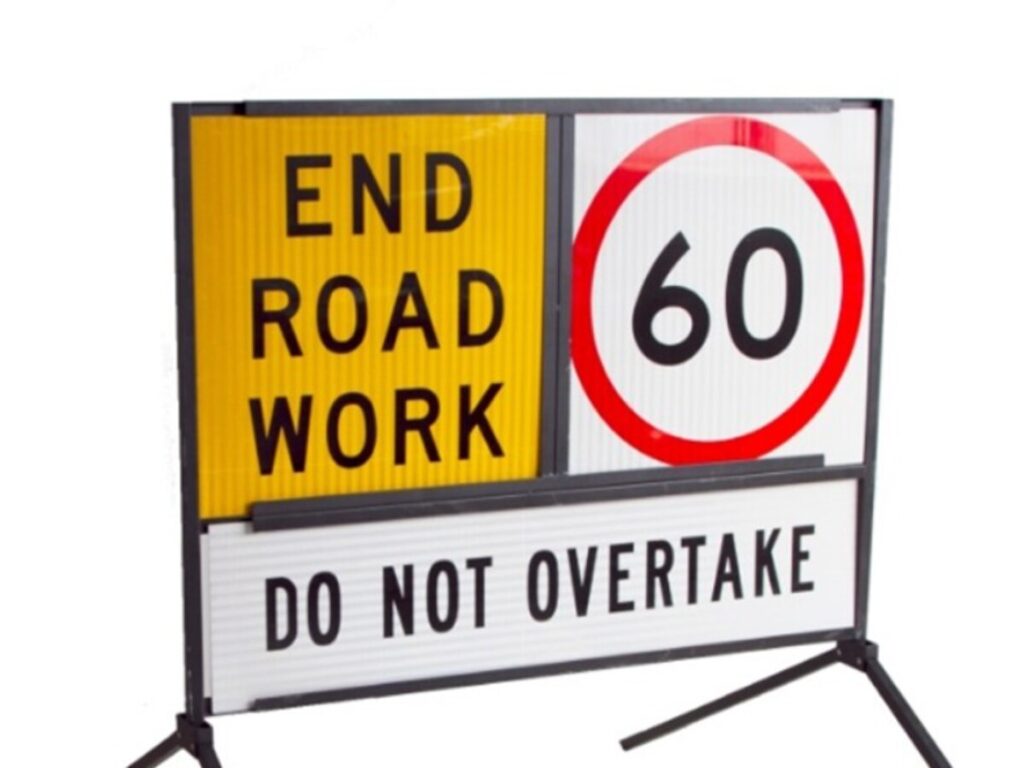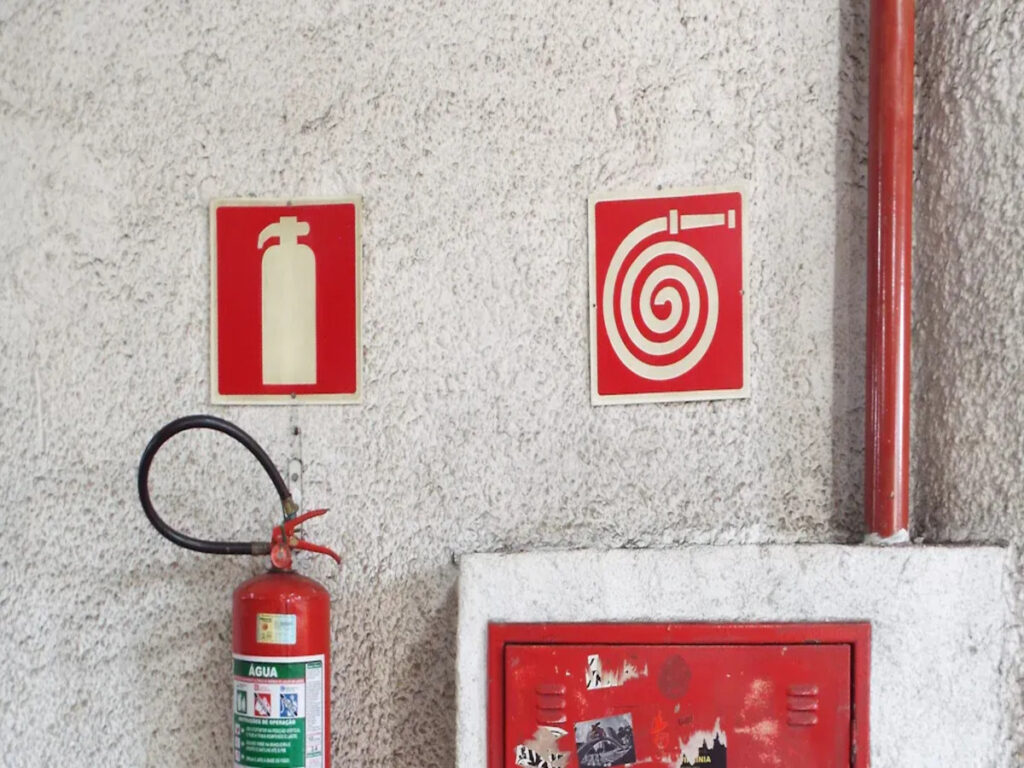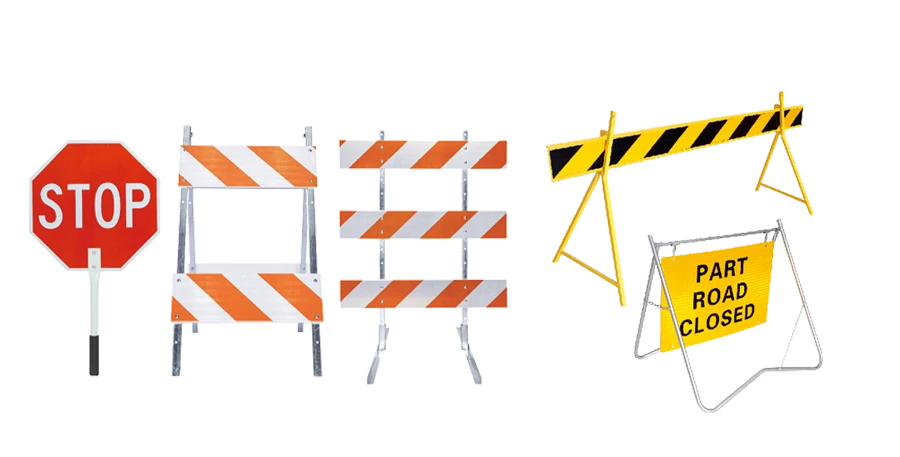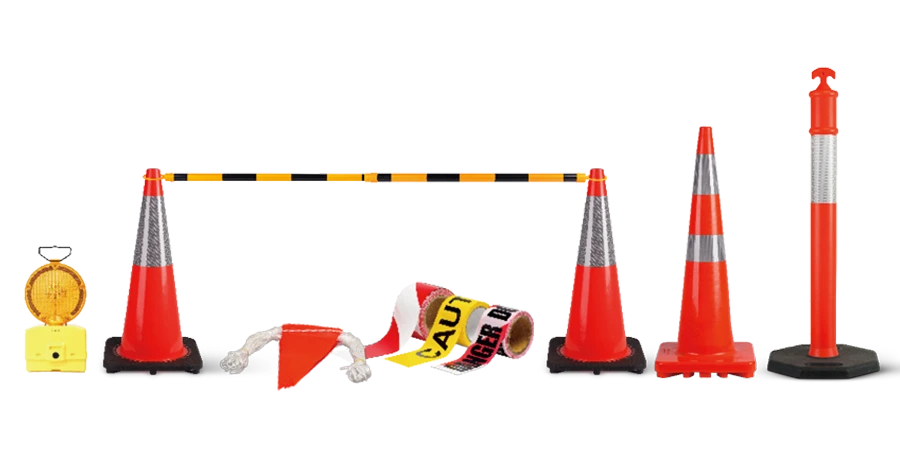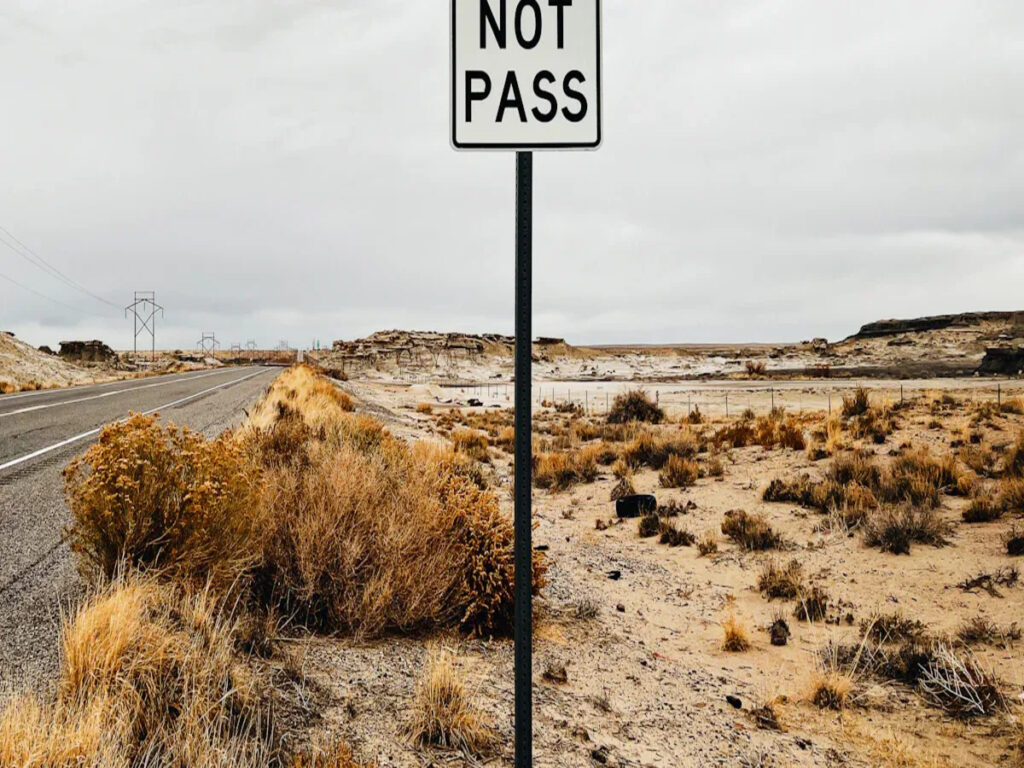
Traffic safety signs help drivers and keep roads safe everywhere. Drivers from other countries may get confused by new signs or languages. Countries change traffic safety signs to fit their own culture, لغة, and driving rules. These changes can affect how safe drivers are and if they follow the rules. Using clear words, الرموز, and signs in more than one language can lower accidents and make roads safer.
في أوبترافيك, نحن نقدم high-quality traffic safety signage solutions for clients around the world, ensuring that our signs are clear, متوافق, and effective in promoting road safety across diverse regions.
| Signage Improvement or Factor | Impact on Driver Compliance and Accident Rates |
|---|---|
| Better signs and markings at intersections | Lowers right-angle and rear-end crashes by 40% |
| Flashing lights at stop-controlled intersections | Can lower crashes by 12-58% |
| بسيط, clear words and common symbols | Helps drivers understand fast, reduces confusion and stress, and makes driving safer |
Standardization of Traffic Safety Signs
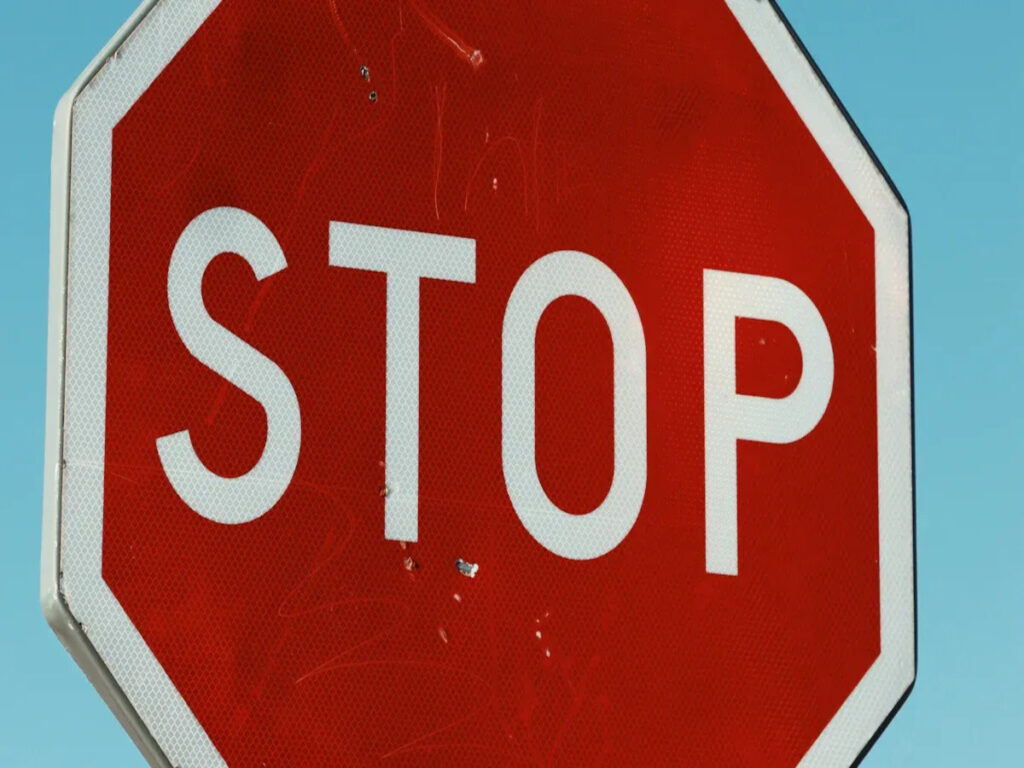
International Standards Overview
Countries use international rules to make road signs safer. ال Vienna Convention on Road Signs and Signals started in 1968. It tries to make traffic signs look the same everywhere. This agreement sets rules for shapes, الألوان, والرموز. زيادة 70 بلدان, معظمها في أوروبا, اتبع هذه القواعد. The United States, كندا, أستراليا, and New Zealand use some ideas from the Vienna Convention. But they do not follow all the rules. These countries make their own rules to fit local needs.
Studies show that similar traffic signs help drivers from different places. في الاتحاد الأوروبي, speed limit signs look the same in many countries. This helps people drive safely when they cross borders. The Vienna Convention helps drivers know important signs, مثل التوقف أو العائد, anywhere they go. ما زال, each country sometimes changes signs for its own language or culture.
| نوع الأدلة | وصف |
|---|---|
| الاتفاقية الدولية | The Vienna Convention makes traffic signs more alike worldwide. فهو يضع قواعد للأشكال, الألوان, والرموز. |
| معدل التبني | زيادة 70 بلدان, معظمها في أوروبا, use the Vienna Convention. English-speaking countries use it less. |
| المعايير الإقليمية | الولايات المتحدة. uses the MUTCD. تستخدم أستراليا AS 1742, which mixes MUTCD and Vienna ideas. Canada and New Zealand use a mix too. |
| تعزيز السلامة | واضح, standard signs help drivers understand and lower accidents everywhere. |
Country-Specific Adaptations
English-speaking countries change international rules to fit their own roads and laws. These changes help drivers understand signs better in each place. The United States uses the manual on uniform traffic control devices. This guide tells cities and states how to make road signs. American signs often use yellow diamonds for warnings and have more words than symbols.
تستخدم أستراليا AS 1742, which mixes Vienna and U.S. ideas. Australian signs use both symbols and words. They use kilometers per hour for speed. Some signs show local animals, مثل الكنغر. Canada uses rules like the U.S., but some places, مثل كيبيك, need signs in both English and French. Canadian signs often use diamond shapes and English words, but in Quebec, signs use French too.
The United Kingdom uses the لوائح علامات المرور والاتجاهات العامة. British signs follow the Vienna Convention more closely. Warning signs have red borders and triangle shapes. The U.K. uses more symbols and fewer words. This helps people who speak different languages.
| وجه | Mutcd (نحن.) | مثل 1742 (أستراليا) | TSRGD (U.K.) / اتفاقية فيينا (أوروبا) | Canadian Standards |
|---|---|---|---|---|
| شكل علامة التحذير | Yellow diamond-shaped | Mix of diamond and triangle; local changes | Red-bordered triangle warning signs | Like MUTCD; diamond-shaped warning signs |
| Use of Symbols vs Text | More words with symbols | Both symbols and words; local words like ‘Give Way’ | More symbols, fewer words for many languages | More English words and symbols |
| وحدات السرعة | ميلا في الساعة | كيلومترات في الساعة | كيلومترات في الساعة | ميلا في الساعة (like U.S.) |
| التكيفات المحلية | Standard U.S. علامات, مواد عاكسة | Special signs like kangaroo crossings, school zones with flashing lights | Follows Vienna Convention with some local changes | Like U.S. MUTCD with English words |
| Language Usage | Mostly English | English with Australian words | More symbols for many languages | Mostly English |
| Legal and Enforcement | Federal rules with legal power | National rules for Australian traffic laws | European treaty standard (اتفاقية فيينا) | National rules like U.S. Mutcd |
علامات الطريق: Design and Symbolism
Universal Symbols and Regional Variations
Road signs use symbols that many people know. A red octagon means “قف” في الكثير من الأماكن. A triangle means “أَثْمَر” in many countries. These shapes and colors help drivers spot important signs fast. Drivers can understand them even if they do not know the language. In English-speaking countries, signs use both symbols and words. The United States puts short words with symbols to make things clear. Canada uses signs with both English and French in some areas. Some places in the US have signs in English and Spanish. Australia uses symbols and local words like “افسح الطريق.” Animal signs show local animals, like kangaroos in Australia or bears in North America. These changes show local culture and language but keep the meaning easy to see.
عناصر التصميم: شكل, لون, and Font
Road signs use shapes, الألوان, and fonts to send messages. على سبيل المثال, stop signs are red octagons with white letters. بالإضافة إلى ذلك, warning signs in the US and Canada are yellow diamonds, while the UK uses red triangles for warnings. بالإضافة إلى, school zones in the US feature bright yellow-green signs. في المقابل, construction signs are bright orange. علاوة على ذلك, animal signs vary by area and often depict local animals. أخيراً, pedestrian traffic safety signs may show people with hats or special clothes.
| عنصر التصميم | Impact on Driver Recognition and Response Time |
|---|---|
| لون (red for prohibition) | Helps drivers pay attention and make fewer mistakes |
| Familiarity and Standardization | Makes signs easier to understand and quicker to spot |
| Limited Information | Keeps signs simple and stops distractions |
Road signs use easy-to-read fonts. Too much text can slow drivers down and cause mistakes. Rules say to use less text and fewer symbols to help drivers focus. Good road sign design helps drivers act fast and stay safe.
Language and Regional Influences on Traffic Signs
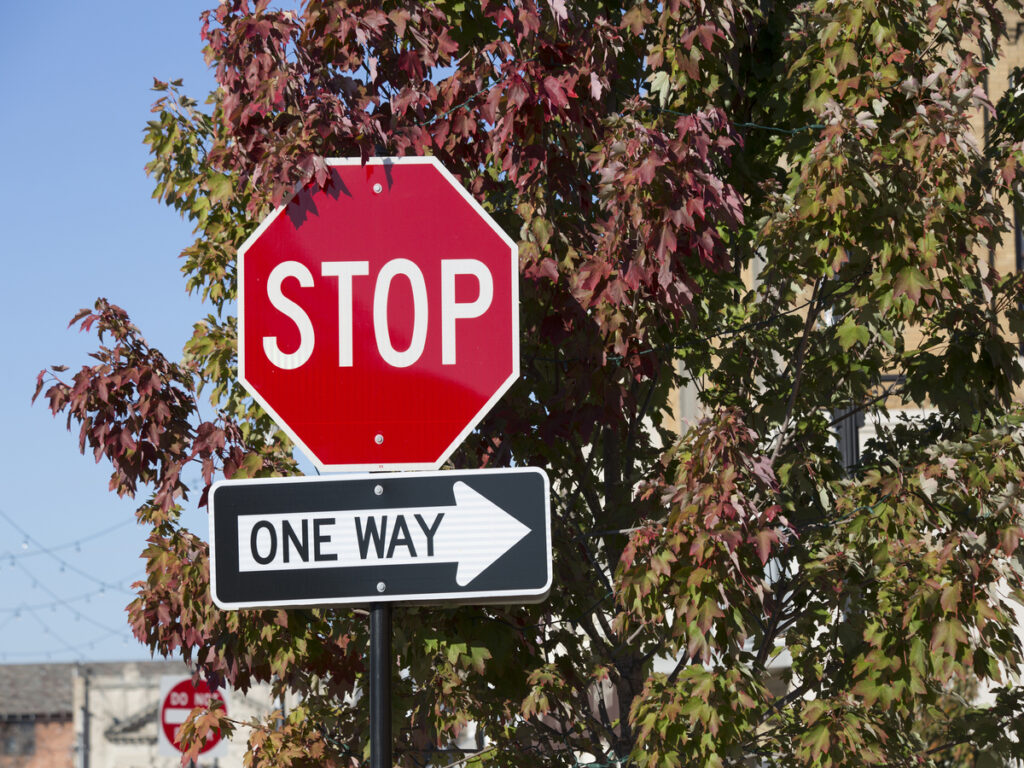
Text-Based vs. Symbol-Based Signs
English-speaking countries use words on road signs a lot. في الولايات المتحدة, most people read English well. This means word signs work for almost everyone. Drivers see words like “قف” أو “أَثْمَر” and know what to do. The country is big, and there are not many foreign drivers. That is why text signs are common. في أماكن بها العديد من اللغات, symbols help more people understand. But in the U.S., word signs are used more.
Some people do not know pictograms if they have never seen them. على سبيل المثال, an upside-down triangle means “أَثْمَر.” If there is no word, some drivers may not know this. Word signs give clear instructions. This helps drivers decide fast and keeps traffic safe.
Words on traffic safety signs help people understand better. In English-speaking places with few languages, drivers look for words more than symbols. من هنا, هناك ارتباك أقل. Roads stay safer for everyone.
Bilingual and Multilingual Road Signs
Some places have more than one main language. Road signs often use both languages there. Canada is a good example. في كيبيك, many signs show French and English. This helps all drivers know the rules. Bilingual signs use words and symbols to make things clear.
Studies show bilingual signs help safety and understanding. في الاتحاد الأوروبي, signs use two languages and symbols. This helps drivers from different countries know what to do. Japan uses Japanese and English on signs, plus clear icons. These ways help drivers react faster and make roads safer.
| وجه | نيوزيلندا | كندا |
|---|---|---|
| Official language status | Te reo Māori is official since 1987 | No direct legal mandate for bilingual signs |
| Road sign language policy | Mostly English only | Bilingual in some regions (على سبيل المثال, كيبيك) |
| Safety concerns | Research shows no increase in accidents with bilingual signs | ن/أ |
Bilingual signs do not cause more accidents. They help drivers from different backgrounds feel safe and included.
Color Coding in Traffic Signs
Global Color Standards
Traffic safety signs use colors to tell drivers what to do. Red means stop or do not enter. يحذر الأصفر من الخطر إلى الأمام. Green shows where you can go. Blue gives helpful information. Orange is for roadwork or changes. These colors help drivers act fast and stay safe.
Most countries use the same color rules. The European Union has a system for this. Red triangles warn drivers about danger. Red circles show rules you must follow. Signs use symbols more than words. Speed limits use metric numbers. Signs have shiny materials and special letters. This helps people see them at night. Australia also uses a clear system. علامات التحذير are yellow diamonds with black pictures. Temporary warnings use yellow or orange rectangles. تحتوي علامات حدود السرعة على دوائر حمراء حول الأرقام. Australia uses Highway Gothic font to make words easy to read. Shiny materials help drivers see signs in any weather.
| لون | معنى | Example Sign Type |
|---|---|---|
| أحمر | قف, حظر | قف, ممنوع الدخول |
| أصفر | تحذير | منحنى للأمام |
| أخضر | اتجاه, permitted | مخرج, Route Marker |
| أزرق | معلومة, إرشاد | Services, وقوف السيارات |
| البرتقالي | بناء, التغييرات | الطريق إلى الأمام |
Local Adaptations and Perceptions
Countries change color rules to fit their own roads. The United States uses yellow diamonds for warnings. School zones use bright yellow-green signs. Orange is for construction areas. Canada does the same but adds two languages on some signs. Australia uses yellow diamonds for animal crossings. These signs show kangaroos or wombats. The United Kingdom uses red triangles for warnings and blue rectangles for information.
Drivers in each country learn colors and shapes fast. Local changes help drivers know what signs mean. على سبيل المثال, Australia uses animal pictures on yellow signs to warn about animals. The UK uses red triangles to show danger. These changes match local culture and road needs.
Shiny materials and clear letters make signs easy to see. Using the same colors helps drivers make good choices. Local changes make signs work better for everyone. Countries use both world rules and local ideas to keep roads safe.
Local and Cultural Adaptations
Cultural Impacts on Road Signs
Culture changes how people make and read traffic signs. In English-speaking places, designers use both words and pictures. They do this because people there like clear directions. British road signs have both images and detailed words. This matches what people in the UK like. But drivers who do not speak English may find these signs hard. The language on signs can show what a country values. في كندا, signs use both English and French. This helps everyone feel included and meets real needs.
Colors can mean different things in each culture. Red often means danger or stop. But in some places, red is lucky. Designers must think about these differences. وهذا يساعد الجميع على فهم العلامات. Studies show drivers from other countries can get confused. If signs do not match their own culture, they may make mistakes. This can cause problems on the road. Making signs that fit local cultures helps all drivers stay safe.
ملحوظة: What people believe and their history change how signs look. These things also change how people react to signs. Designers must think about local customs and what people expect. This helps them make good road signs.
Unique Regional Examples
Many places make special traffic safety signs for their own needs. على سبيل المثال, Australia has animal crossing signs with kangaroos or wombats, which warn drivers about animals on the road. بصورة مماثلة, the United Kingdom features signs that show narrow lanes or sharp turns, which come from old roads in the country. فضلاً عن ذلك, Quebec in Canada uses signs in French only, reflecting the area’s language and the people who live there.
- Drivers in new places often have trouble with new signs.
- Tourists and people from other countries drive more carefully when they see new signs.
- Some drivers may pick the wrong lane if the roads are not like home.
- Billboards on the side of the road can distract drivers. This makes it harder to see important signs and can cause accidents.
The table below shows how some places change signs for local needs:
| منطقة | Unique Sign Example | غاية |
|---|---|---|
| أستراليا | Kangaroo crossing | Warn about wildlife |
| كيبيك, كندا | French-only road signs | Reflect local language |
| المملكة المتحدة | Medieval road network signs | Show narrow or winding roads |
Local changes help drivers know what to expect on the road. These changes make roads safer and help everyone travel more easily.
Modern Traffic Signs and Technology
Smart and Digital Signs
Smart traffic signs use new tools to help drivers stay safe. Cities in the US and UK now use smart systems. These systems change signals by watching traffic in real time. أجهزة استشعار, كاميرات, and radar count cars on the road. AI helps decide when to change lights or show warnings. In Pittsburgh, smart signals cut waiting by 40%. They also make trips 25% أسرع. Swindon in the UK uses lights that change with speed to stop crashes. Some smart signs talk to cars and phones. They share info to help drivers skip traffic jams. These systems also help buses and trams move faster.
| فائدة | نتيجة |
|---|---|
| تخفيض السرعة | حتى 62% في بعض المناطق |
| تقليل التحطم | حتى 40% عدد أقل من الحوادث |
| تحسين الامتثال | Speed limit compliance rose from 29% ل 86% |
| جمع البيانات | Better traffic management and enforcement |
Smart signs help cities collect traffic data. Planners use this data to make roads safer and smoother. Machine learning can guess traffic patterns and change signals to stop jams. Digital twins are computer copies of traffic systems. Experts use them to test ideas before trying them on real roads.
Sustainability and Innovation
Modern traffic safety signs help the planet too. Many cities use solar power and LED lights to save energy. These signs work well far from cities and need less fixing. Adaptive signals cut fuel use and pollution by stopping extra braking and waiting. في 100 المدن, these systems save billions each year. They lower CO₂ and make air cleaner. The benefit-cost ratio for adaptive signals is about 21.6. This shows they are a good deal for everyone.
- Solar-powered signs help the planet.
- LED lights last longer and save energy.
- Adaptive signals help cities reach carbon goals.
- Less pollution means better health for all.
Smart and modern traffic signs show how tech makes roads safer and greener. English-speaking countries are leading in using these new systems to help traffic and the environment.
Impact on Road Safety and Standardization
Safety and Compliance Benefits
Standardized traffic signs help keep roads safe. عندما يرى السائقون نفس الأشكال والألوان, إنهم يعرفون ماذا يفعلون. This helps them react quickly and make good choices. علامات واضحة تساعد الجميع, even visitors from other places. In many towns, radar speed signs that follow MUTCD 11th Edition rules made cars go slower by 30%. Drivers in school zones watched their speed more when they saw these signs. Dynamic speed display signs also helped slow down cars, especially where lots of people walk.
Traffic calming tools like rumble strips and special pavement shapes made crashes between cars and people drop by about 21-25%. نتوءات السرعة and humps made crossing the street safer for everyone. في بعض المناطق, fixed cameras for traffic violations lowered crashes by 5-6%. These changes show that good signs and safety tools work together to protect people.
Using the same traffic control signs and safety tools helps drivers pay attention and follow the rules. This means fewer accidents and safer roads.
Public Awareness and Education
Teaching people about road signs and safety rules helps a lot. Many countries have programs to help drivers learn what signs mean. Schools teach students how to read signs and cross streets safely. Cities use billboards, راديو, and social media to remind drivers about speed limits and safe driving.
Public education helps drivers remember to slow down in school zones and watch for people crossing. عندما يعرف الجميع القواعد, roads get safer for all. Community programs also ask people to report broken or hidden signs. This teamwork keeps signs easy to see.
- Road safety campaigns reach millions every year.
- Schools and local groups teach kids and adults about safe driving.
- Reminders and alerts help drivers stay focused and avoid mistakes.
Good education and clear signs work together to make roads safer and save lives.
التحليل المقارن
Key Similarities and Differences
Big English-speaking countries have some road signs that look alike. They all use a red stop sign shaped like an octagon. This shape and color help drivers see it fast. Many places also use yellow diamonds or red triangles for warnings. These signs show danger is ahead. These shared signs help drivers know the rules in new places.
But there are also many ways the traffic safety signs are different. The United States uses more words on its signs. على سبيل المثال, signs say “قف” أو “YIELD.” The U.K. and Australia use more pictures and fewer words. This helps people who do not read English well. Colors are different in each country too. الولايات المتحدة. uses green for highway signs and yellow diamonds for warnings. The U.K. uses blue for motorways, green for main roads, and red triangles for warnings. Australia uses both styles and adds special signs for animals.
The table below shows how these countries are the same and different:
| ميزة | الولايات المتحدة | المملكة المتحدة | أستراليا |
|---|---|---|---|
| توقف | المثمن الأحمر, “قف” نص | المثمن الأحمر, “قف” نص | المثمن الأحمر, “قف” نص |
| شكل علامة التحذير | الماس الأصفر | Red-bordered triangle | الماس الأصفر, مثلث |
| Use of Text vs. الرموز | More text, fewer symbols | More symbols, less text | Mix of text and symbols |
| لون علامة الاتجاه | أخضر | أزرق (الطرق السريعة), أخضر | أخضر |
| التكيفات المحلية | اللغة الإنجليزية فقط, قواعد MUTCD | More symbols, قواعد TSRGD | Animal signs, مثل 1742 قواعد |
ملحوظة: These differences come from each country’s culture and laws. That is why learning local road signs is important for everyone.
Implications for International Drivers
Drivers from other countries can have trouble with new road signs. They must learn new shapes, الألوان, والرموز. Some places use miles per hour, but others use kilometers per hour. This can make things confusing and less safe. Drivers need to watch for local rules and signs to avoid mistakes.
Many people study road signs before they travel. They use books, websites, and driving apps to learn. Some countries have signs in more than one language or use easy symbols. Smart signs and GPS give drivers updates and directions. These tools help drivers follow the rules and stay safe.
القواعد الدولية, مثل اتفاقية فيينا, try to make signs more alike. But every country still has some special signs. Drivers must pay attention and learn quickly. Driver lessons and clear signs help everyone know what to do.
- Drivers should check speed units before they drive.
- They should look for shapes and colors they know.
- GPS and smart signs help stop confusion.
- Learning local road rules makes driving safer.
نصيحة: Always look at local road signs and traffic laws before you drive in a new country. هذا يساعد على إيقاف الحوادث ويبقي الجميع آمنين.
English-speaking countries change traffic signs for their own needs. They use world rules but also add special things for their drivers. People who visit should learn the signs before they drive. Local drivers do better with signs they know and understand.
في المستقبل, smart technology and teamwork will make road signs safer and easier to read. 🚦
التعليمات
What do different traffic sign colors mean?
Red means stop or do not enter. Yellow warns about danger. يظهر الأخضر اتجاهات. Blue gives helpful information. Orange marks construction zones. Drivers learn these colors to stay safe on the road.
Why do some countries use both words and symbols on traffic safety signs?
Some countries use both to help everyone understand. Symbols help people who do not read the language. Words give extra details. This mix makes signs clear for local drivers and visitors.
How do bilingual signs help drivers?
علامات ثنائية اللغة تظهر المعلومات بلغتين. They help more people understand the rules. في كندا, على سبيل المثال, signs in English and French make roads safer for everyone.
Are smart traffic signs common everywhere?
Smart traffic signs appear more in big cities. These signs use sensors and lights to give real-time updates. They help manage traffic and keep roads safe, خاصة خلال الأوقات المزدحمة.

